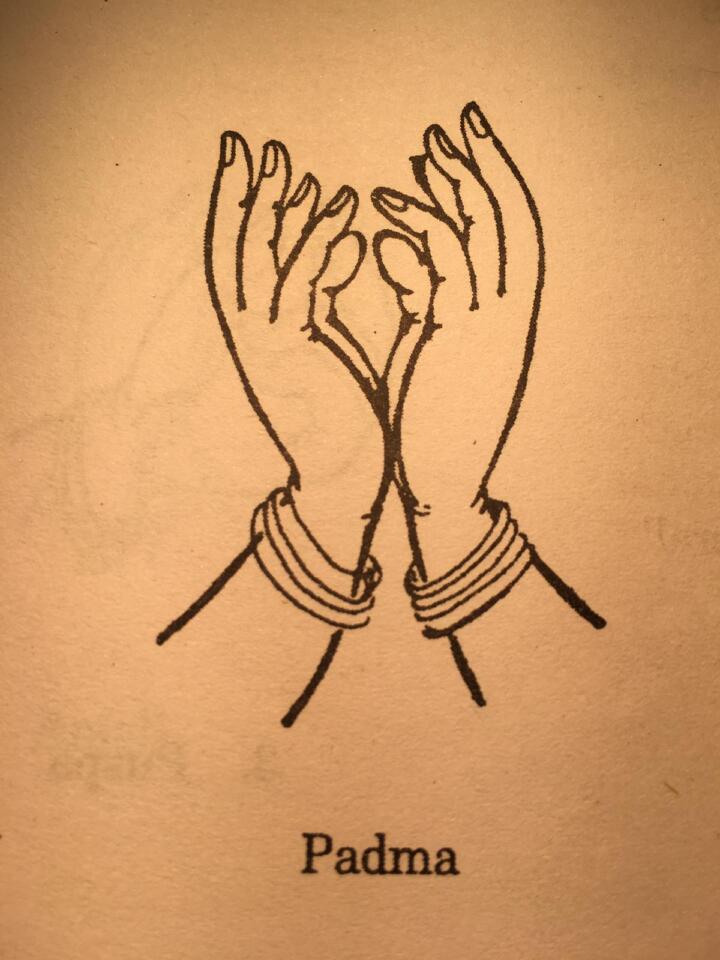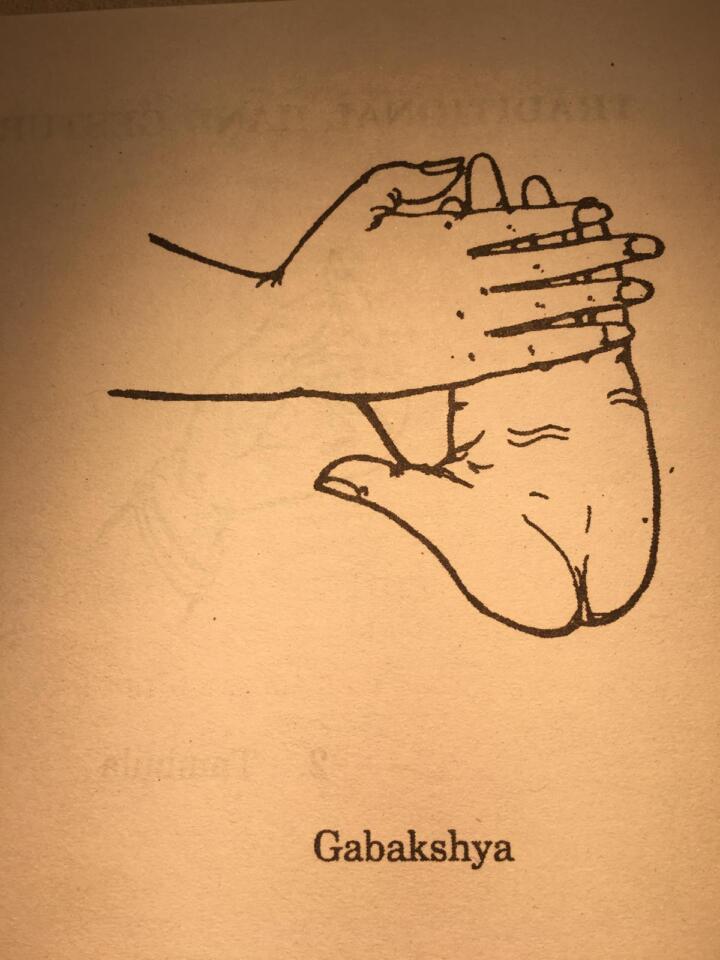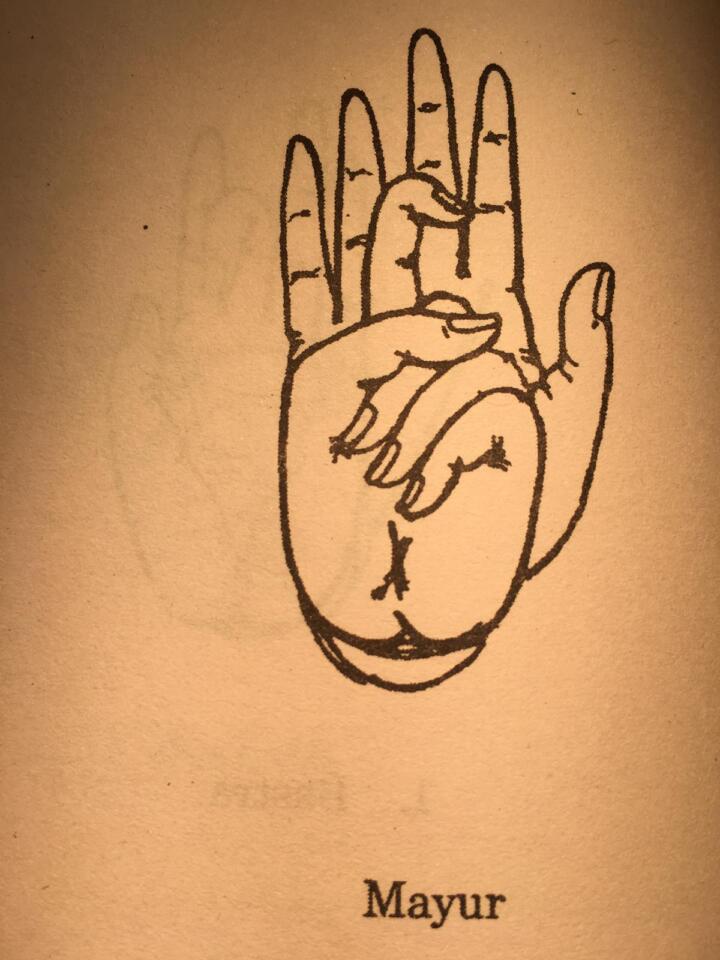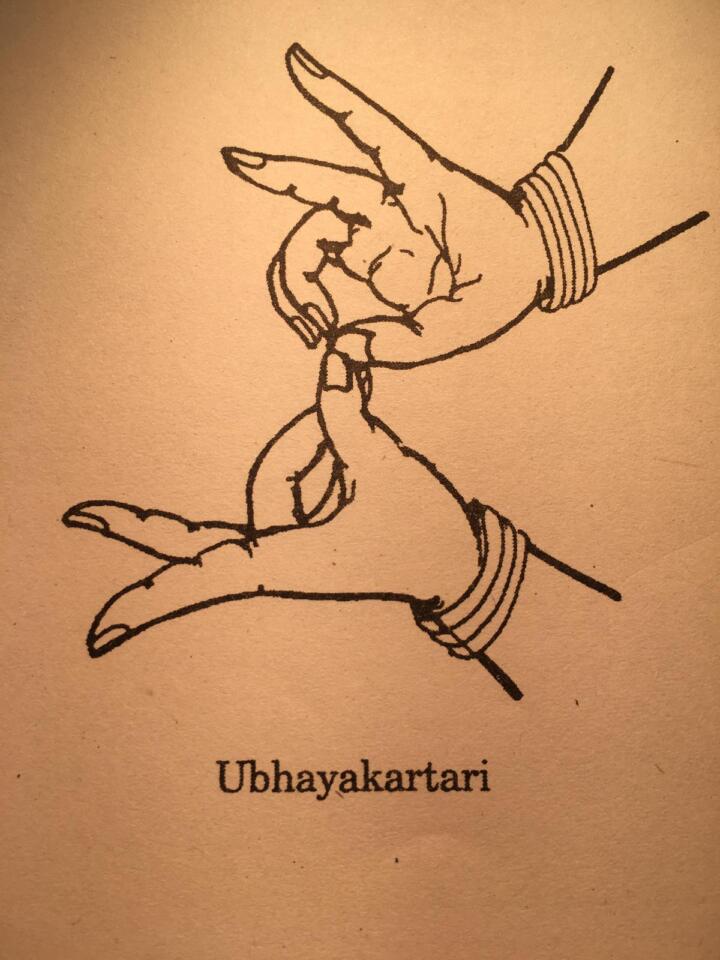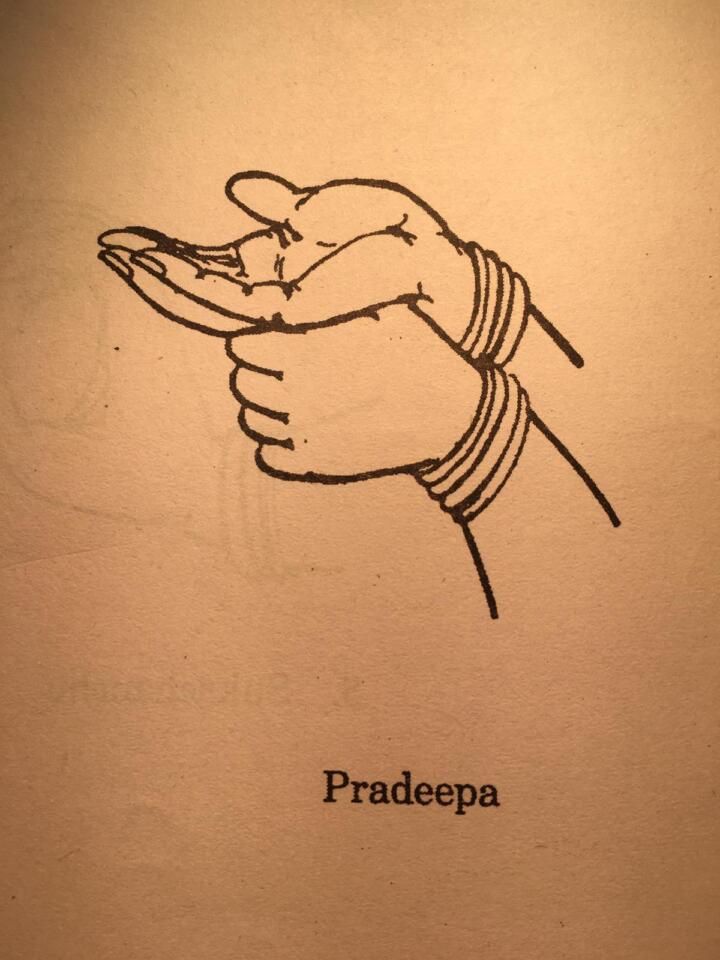Hasta in Odissi – Part 2
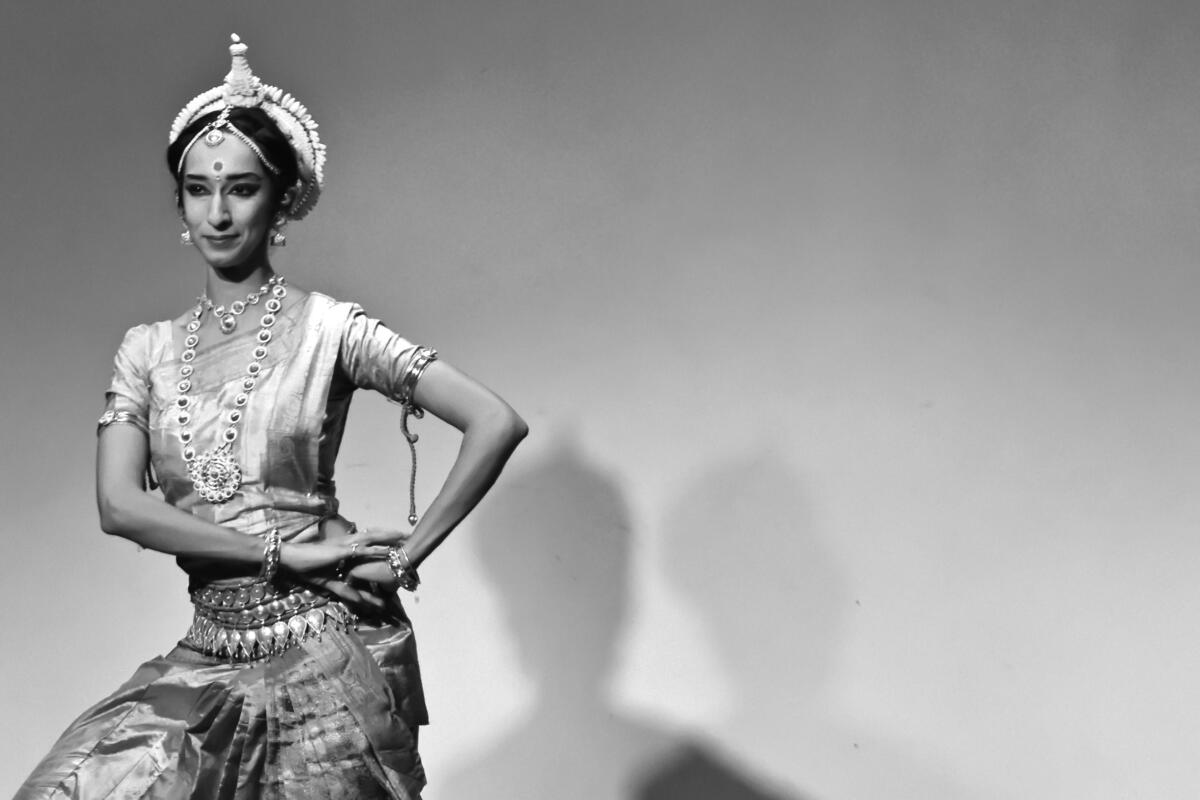
#WednesdayWisdom is a series that began during the 40th anniversary celebration of Akademi to revisit Indian classical dance roots by sharing gems of knowledge from ancient Shastras (dance texts) that hold relevance even today. The blog is curated by Bharatanatyam artist, Suhani Dhanki, along with with our Head of Marketing, Antareepa Thakur.
In this blog series, we are inviting artists practicing different South Asian dance styles to contribute some interesting facts about their art forms, some of them rarely seen in the UK. Read our previous blogs in this series here.
This blogpost on Hasta in Odissi dance is researched and written by Maryam Shakiba, Odissi artist. It is part 2 of a two part series. Part 1 can be viewed here.
The South Asian Dance style, Odissi, uses several hand gestures that are inherited from local performing art traditions in addition to the Asamyukta and Samyukta hasta derived from the Abhinaya Darpana. These gestures are particularly used in abhinaya (expression).
Padma is used to show a lotus flower in blossom.
Gabakshya is used to show a window or trellis, and is typically used by the dancer at eye level. It is often used when Radha is portrayed peeking outside as she waits for Krishna.
Mayur is used to show a peacock.
Ubhayakartari is used to show love and affection. When used at face level it shows a kiss.
Pradeepa is used to show an oil lamp.
Images from The Odissi Dance Pathfinder Vol I published by Odissi Research Centre, Bhubaneshwar, 1998
Next in our #WednesdayWisdom series, we look at Mudras in Mohiniattam.
